Southampton, UK – 04 May 2016 – MPE today announced Interactive C support for ARM architecture via SockPuppet. The later a bug is found in the design cycle, the more design costs increase. Interactive debugging and adding test harnesses from the start ensures the code stays close to the initial specification. MPE adds Interactive Mixed-Language Programming to the tool box of C designers. Each language has its optimal target and cannot do everything best. The Forth Language was designed for control, interactive programming and debugging from the start. In the past, most new processors have been brought to life using Forth, as it is quick and easy to adapt and offers an integrated Language, Assembler and Compiler Tool Environment.
The new challenges of software complexity bring the same problem up again – and now at a higher level – including the C software in addition to the hardware. MPE has used these interactive debugging techniques and advantages of Forth in custom projects over the past years to save time and development cost for their customers.
As a result of success and requests from the market, MPE has now included this capability to its commercial Forth Compiler products as standard by adding the SockPuppet feature.
The C program is worked with as in the past. Test and Debugging is dealt with in Forth where needed, independent of the C code. The SockPuppet interface handles all of the communication between the two.
The SockPuppet interface is available immediately as part of the Professional VFX compiler versions. Customers who bought this product over the last 12 months will receive a free upgrade. Other customers can upgrade from their existing version, or start with the latest compiler. Workshops and in-house training are offered on request.
Examples will be available for download from www.mpeforth.com/sockpuppet
Some additional free information is available at https://github.com/rbsexton/sockpuppet/blob/master/sapi/syscalls.c.
Using Mixed-language programming describes the process of developing software, where the code is written in two or more languages. Mixed-language programming adds the additional challenge of mastering a new language, but is very beneficial as existing and tested code written in another language can be re-used or it adds features not available before.
MPE offers SockPuppet now as bridge between C and Forth, but interfaces to other languages are under consideration – or can be implemented on a custom basis immediately.
END
About MPE Microprocessor Engineering
MPE is a privately held company based in Southampton UK, founded in 1981 to develop and sell software tools such as compilers, specialising in real-time embedded systems.
Professional and Standard compilers are available for: ARM and Cortex-M0/M1/M3/M4, ARM/StrongARM/XScale, 386/486/Pentium, H8S, H8/300H and H8/Tiny, Coldfire, 9S12/68HC12, MSP430 and 8051. Custom implementations are available on request.
MPE also offers hardware and software consultancy, with particular expertise in high-performance Forth systems and rapid compilation. Projects are staffed by both MPE employees and external consultants.
MPE products are used in application areas such as glass-grinding, payment terminals, vending machines, bomb-disposal and construction planning. They have been used in products all over the world and as far as comets and Mars.
Technical Information:
MPE MicroProcessor Engineering Stephen Pelc, MD
Tel: +44 (0)23 8063 1441 Email: stephen@www.mpeforth.com
Web: https://www.mpeforth.com/
PR Contact:
MPE MicroProcessor Engineering Juergen Pintaske, Sales and Marketing Manger
Tel: +44 (0) 7736 70 76 74 Email: juergen@exemark/.com
Web: https://www.mpeforth.com/

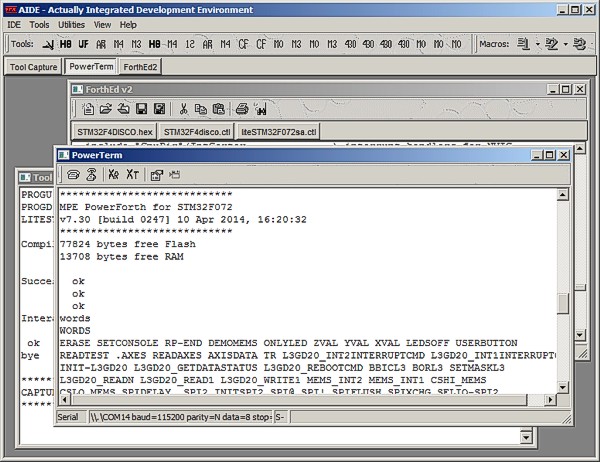
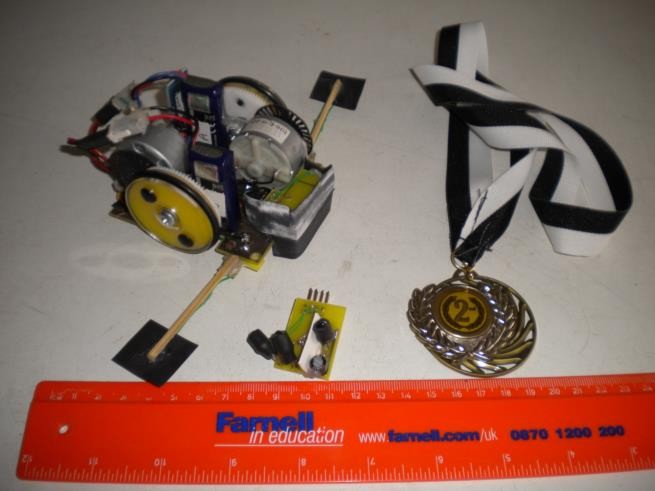
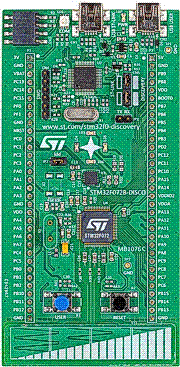 STM32F072B Discovery
STM32F072B Discovery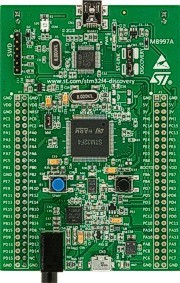 STM32F4 Discovery
STM32F4 Discovery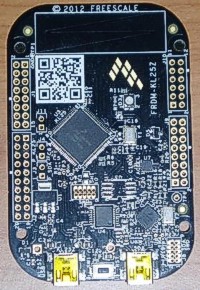 Freescale FRDM-KL25Z
Freescale FRDM-KL25Z STP LPC812
STP LPC812 STM32F429 Discovery board
STM32F429 Discovery board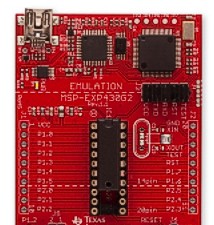 MSP 430 Launchpad
MSP 430 Launchpad